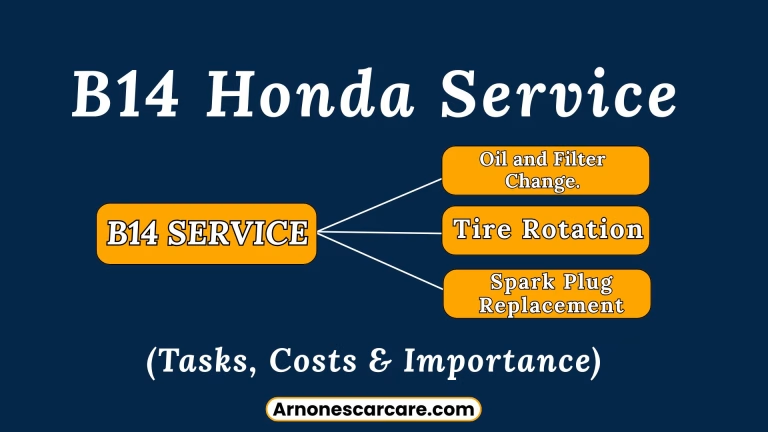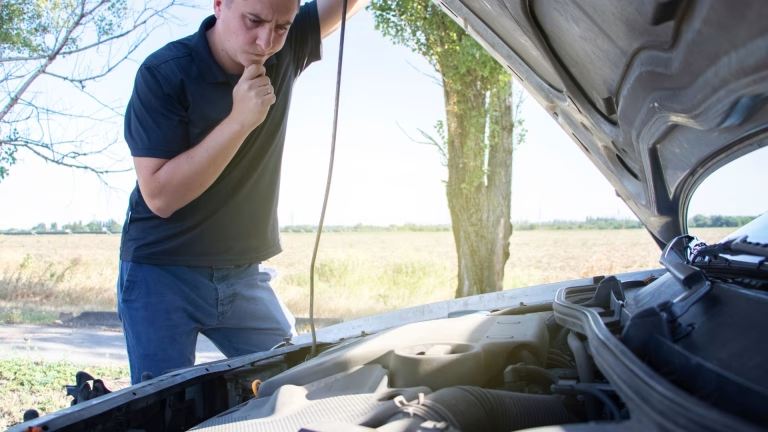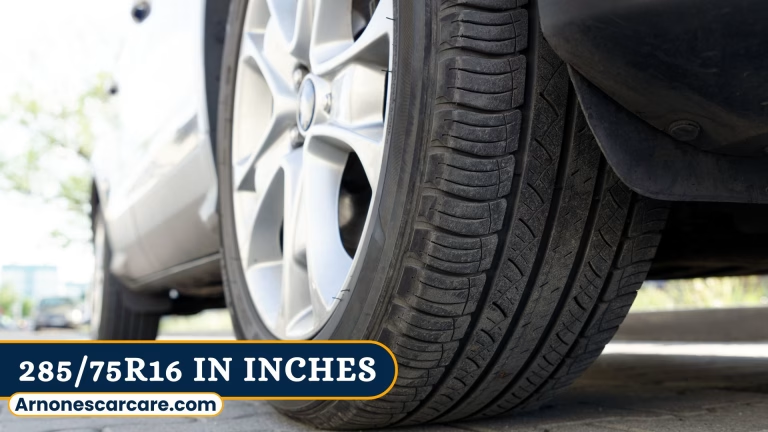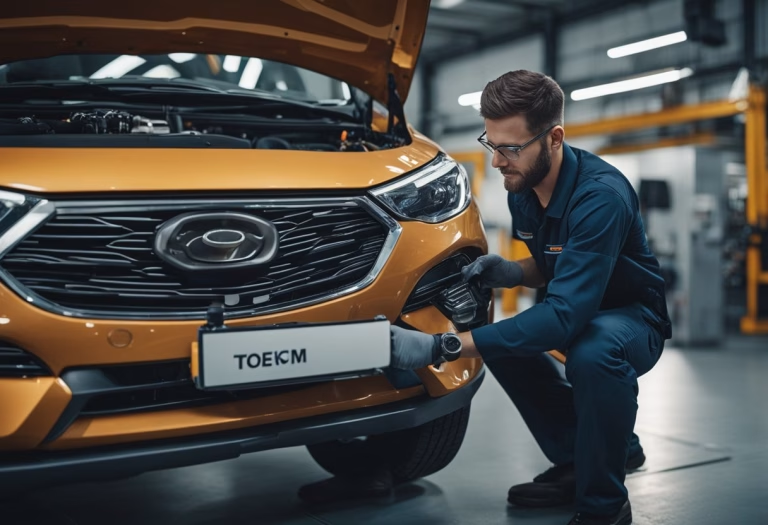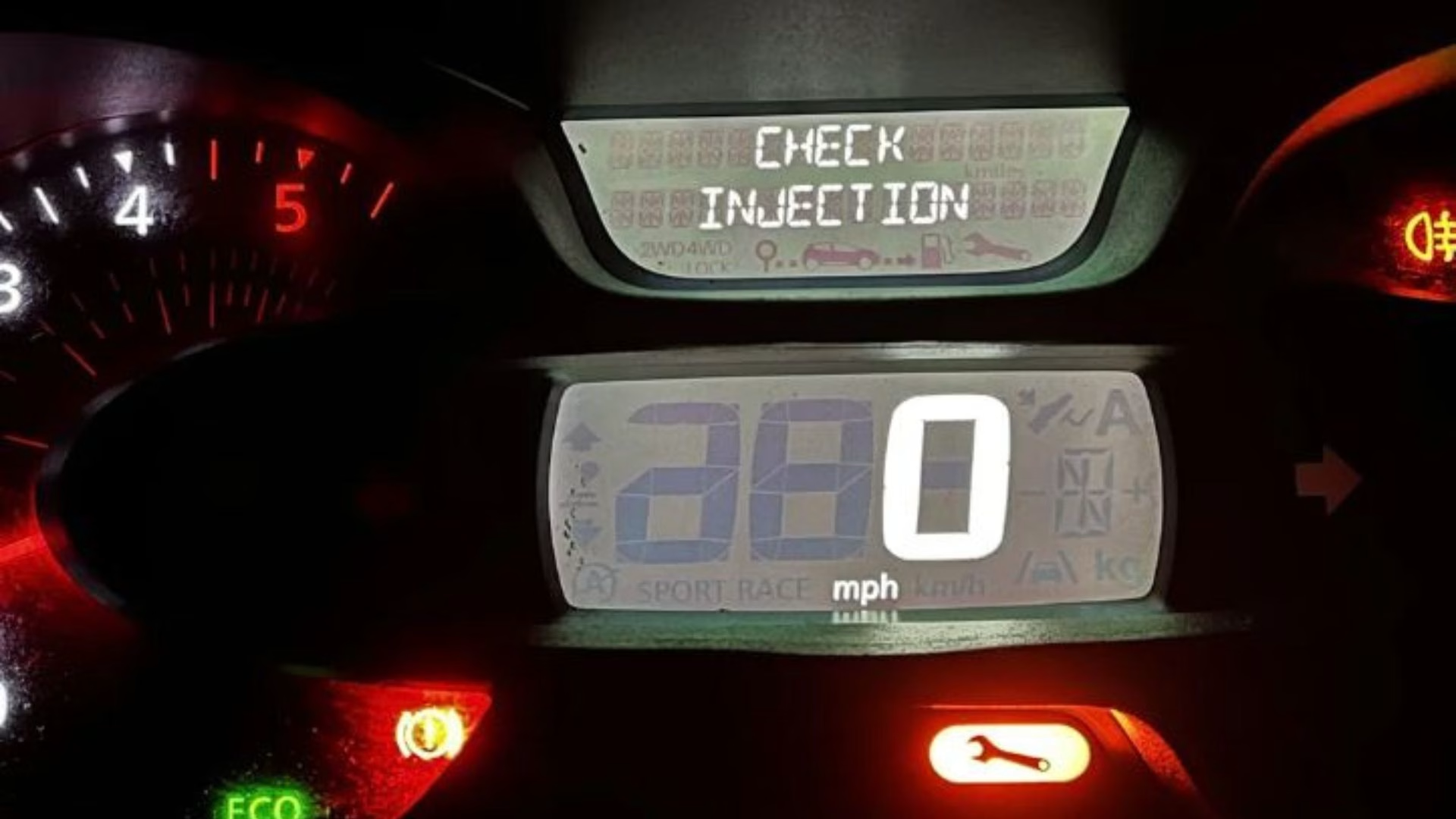
The “Check Injection System Renault” warning in your Renault indicates a fault in the fuel injection system, which could affect engine performance. This system is responsible for delivering fuel efficiently to the engine. Common causes include issues with fuel injectors, pumps, or sensors.
Ignoring the warning may lead to poor performance and costly engine damage. It’s essential to address the issue promptly to avoid further damage. Acting early helps maintain your car’s efficiency and prevent expensive repairs.
What Does the “Check Injection System” Warning Mean?
The “Check Injection System” warning on your Renault’s dashboard signals an issue with the vehicle’s fuel injection system. This system plays a critical role in delivering the correct amount of fuel to the engine, ensuring its efficient performance. When a malfunction occurs, the car alerts you to prevent further damage.
Signs of the “Check Injection System” Indication
When the “Check Injection System” warning appears, your Renault may show a few noticeable signs that something is wrong with the fuel system. Here are some common symptoms:
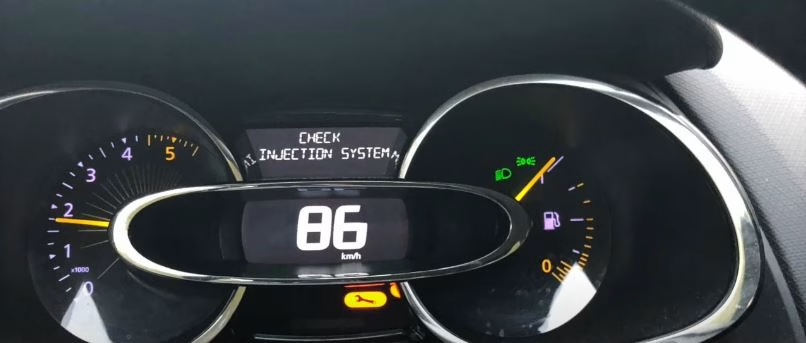
- Poor Acceleration: If your car feels sluggish or struggles to speed up, it could be a sign of a malfunctioning fuel injector or pump.
- Rough Idling: A shaky or uneven idle can indicate that the engine isn’t receiving the proper fuel flow.
- Stalling or Engine Misfire: If your engine stalls unexpectedly or misfires, it’s likely due to a disruption in the fuel injection system.
- Increased Fuel Consumption: A sudden drop in fuel efficiency might point to issues with how the system is delivering fuel.
If you notice any of these signs, it’s a good idea to check your fuel injection system and address the issue before it leads to bigger problems.
Common Causes of the ‘Check Injection System’ Warning
If the “Check Injection System” light comes on in your Renault, it could be due to several common issues. Here are the top causes and how they affect your vehicle’s performance:
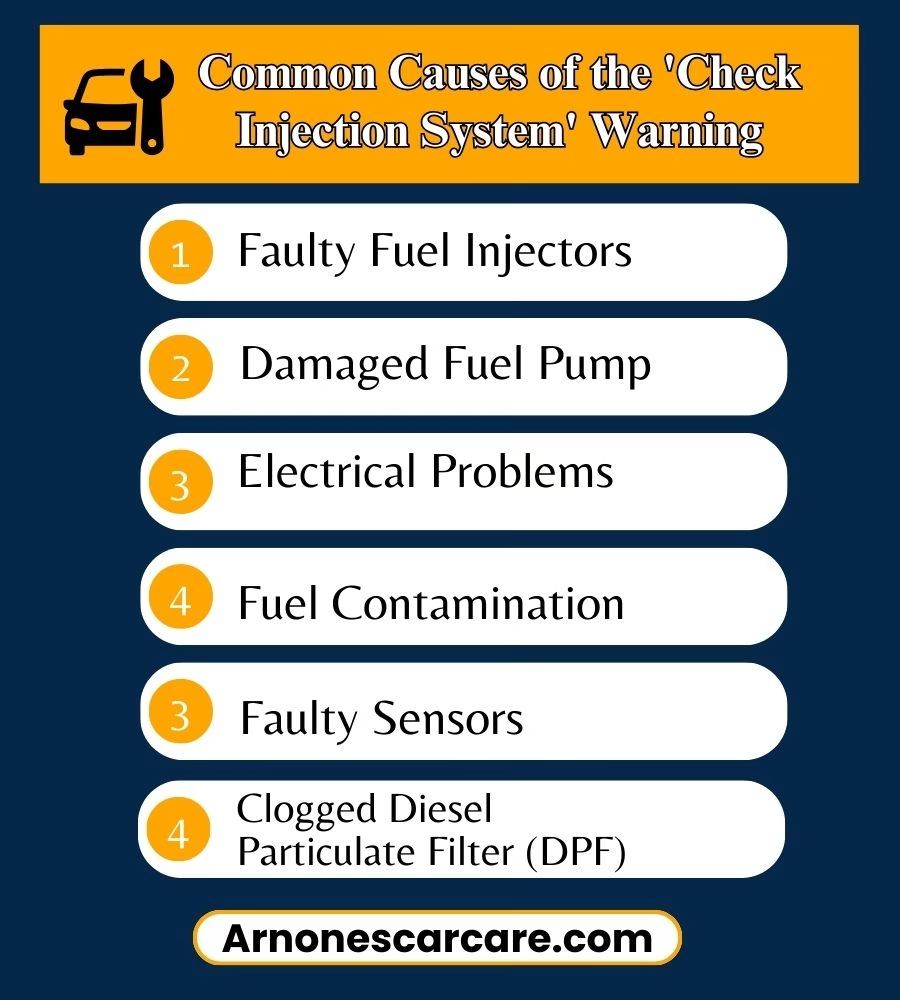
Faulty Fuel Injectors
fuel injectors are responsible for spraying fuel into the engine. If they become clogged or malfunction, they can disrupt the fuel flow, leading to poor engine performance, rough idling, or increased fuel consumption. Replacing a faulty injector is essential to restore proper fuel delivery.
Damaged Fuel Pump
The fuel pump delivers fuel from the tank to the engine. If it fails, the engine may not get enough fuel, causing poor acceleration, stalling, or difficulty starting. A damaged fuel pump should be replaced to avoid serious engine problems.
Electrical Problems
A malfunction in the electrical system can also trigger the “Check Injection System” warning. Loose wires, damaged connectors, or faulty sensors can disrupt the flow of power to the fuel system, affecting how the injectors and pump function. A thorough inspection of the electrical system can often reveal the issue.
Fuel Contamination
If your fuel contains dirt, water, or other impurities, it can clog the injectors and disrupt fuel delivery. This can lead to poor engine performance and efficiency. Regularly replacing your fuel filter and ensuring clean fuel can help prevent this problem.
Faulty Sensors
Your Renault has multiple sensors that help regulate the fuel system, such as the oxygen, MAP (Manifold Absolute Pressure), and MAF (Mass Airflow) sensors. When these sensors fail, they send incorrect data to the Engine Control Unit (ECU), which can lead to injection errors and poor engine performance. Replacing faulty sensors is key to fixing the issue.
Clogged Diesel Particulate Filter (DPF)
For diesel engines, a clogged DPF can be a common culprit. This filter collects soot and other particles, and if it gets blocked, it can cause issues with the exhaust flow and affect the fuel injection system. Regular cleaning or replacing the DPF can help avoid this issue and keep your engine running smoothly.
How to Diagnose the ‘Check Injection System’ Fault?
If your Renault is showing the “Check Injection System” warning, diagnosing the problem early is key to avoiding bigger issues. Here’s how you can identify the root cause and take action:
Using Diagnostic Tools (OBD-II Scanner)
The best way to pinpoint the exact issue is by using a diagnostic tool like an OBD-II scanner. This tool reads error codes from your car’s ECU (Engine Control Unit) and gives you specific information about which component is causing the problem.
The scanner will tell you if it’s something like a faulty fuel injector, damaged fuel pump, or issues with sensors. Many auto shops offer to scan your car for free, or you can purchase a scanner to do it yourself.
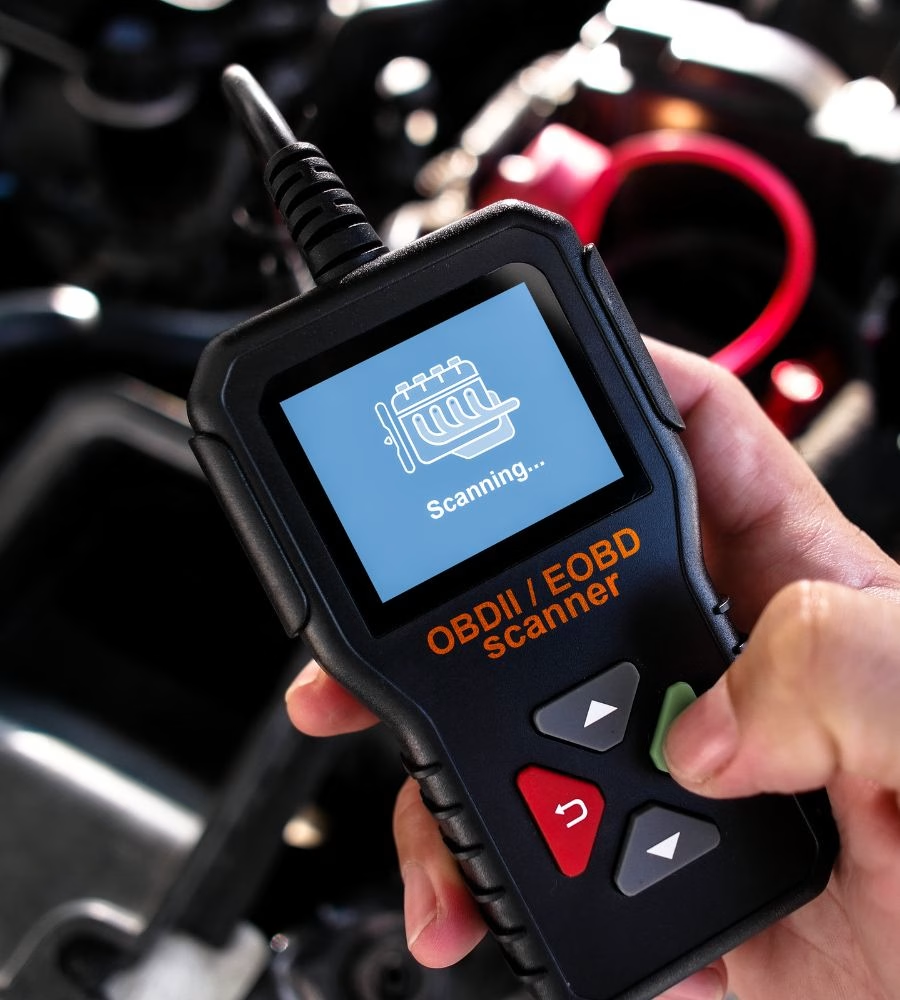
Signs That Indicate the Need for a Deeper Inspection
While the OBD-II scanner can help, there are also physical signs that suggest you may need a more thorough inspection. These include:
- Poor Engine Performance: If your car is running rough, stalling, or hesitating during acceleration, it’s a strong indication that the fuel system or one of its components is malfunctioning.
- Increased Fuel Consumption: If your car’s fuel efficiency drops suddenly, it may be a sign that the injectors are clogged or malfunctioning.
- Check Engine Light: Aside from the “Check Injection System” warning, if your Check Engine light is also on, it’s a good idea to have a professional mechanic take a closer look.
How to Fix the “Check Injection System” Fault in Your Renault?
If you’re facing the “Check Injection System” warning in your Renault, don’t worry! Here’s a simple, step-by-step guide to help you diagnose and fix the issue:
Inspect and Identify
The first step is to carefully inspect each component of the fuel system to identify the problem. Start with the fuel injectors, fuel pump, and sensors. Look for obvious signs of damage, like cracks or leaks. If you’re not sure what to look for, a mechanic can help you identify which part isn’t functioning properly.
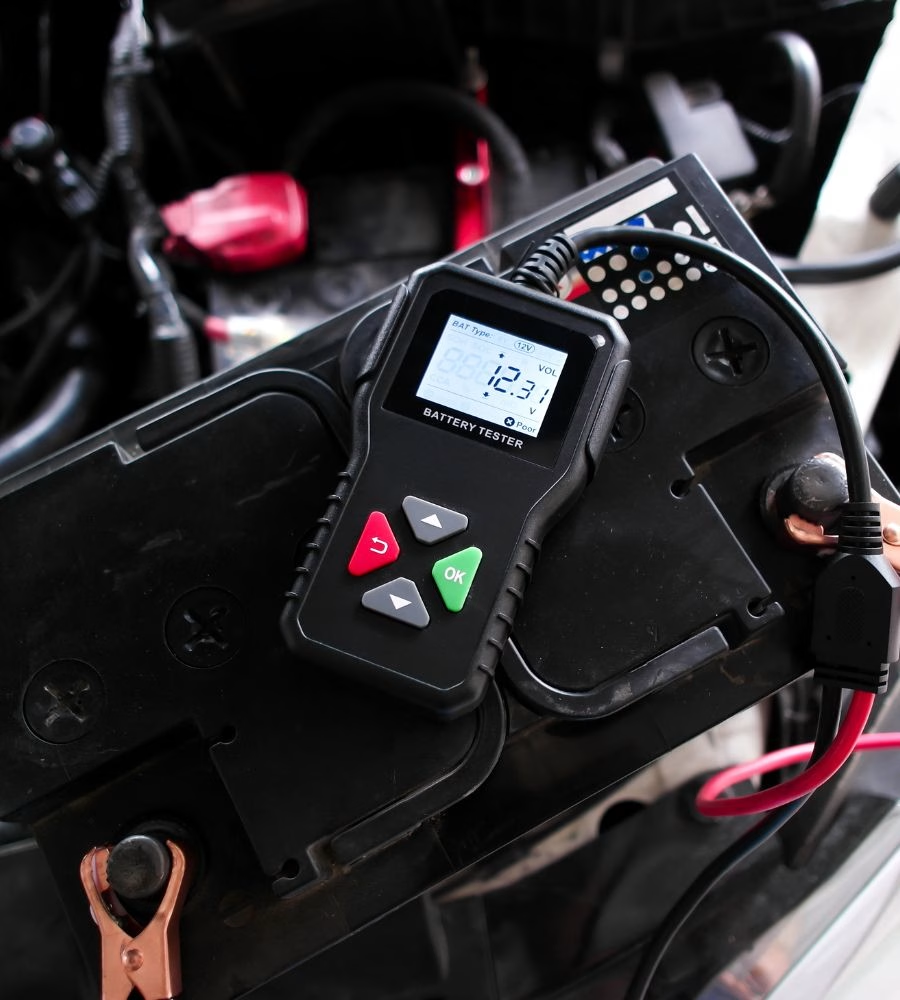
Replace or Repair
Once you’ve identified the faulty component, the next step is to replace or repair it. Here’s a breakdown of common fixes:
- Fuel Injectors: If the injectors are clogged or malfunctioning, you’ll need to replace them with high-quality ones. Clean the injector nozzles if possible, or opt for a full replacement.
- Fuel Pump: A damaged fuel pump should be replaced with a new one to restore proper fuel flow to the engine.
- Sensors: Faulty sensors like oxygen, MAP, or MAF sensors can be replaced by removing the old sensor and installing a new one. Make sure to reset the ECU after replacement.
Electrical and Sensor Repairs
Sometimes the issue lies with the electrical system. Damaged wires or loose connectors can cause power disruptions to the fuel system. To repair these issues, inspect the wiring and connectors for visible damage. Tighten loose connections and replace damaged wires. If the issue is with a sensor, simply replace it and clear any error codes from the ECU.
Model-Specific Solutions for Renault Vehicles
Different Renault models might experience specific issues. Here’s a quick guide to common problems for some popular models:
- Renault Captur: Common causes include fuel injector issues, problems with the Diesel Particulate Filter (DPF), and sensor failures. Regularly clean or replace the DPF and check the injectors for clogs.
- Renault Megane 3: For this model, focus on fuel injectors, fuel pumps, and electrical connections. Inspect wiring thoroughly for wear and replace faulty components as needed.
- Renault Scenic: This model often has issues with fuel contamination and sensor failure. Be sure to regularly change your fuel filter and check sensors like the oxygen or MAP sensor.
- Renault Clio 15 DCI: In this model, clogged fuel injectors, a faulty fuel pump, and a blocked DPF are common issues. Clean or replace the DPF regularly and ensure your fuel system stays clean.
Conclusion
The “Check Injection System Renault“ warning is an important signal that shouldn’t be ignored. By understanding the common causes and knowing how to diagnose and fix issues, you can maintain your vehicle’s fuel system in top condition.
Regular maintenance, using high-quality fuel, and early detection with diagnostic tools can help prevent these problems from arising. Keep your car running smoothly and avoid costly repairs by staying on top of these easy maintenance steps.

